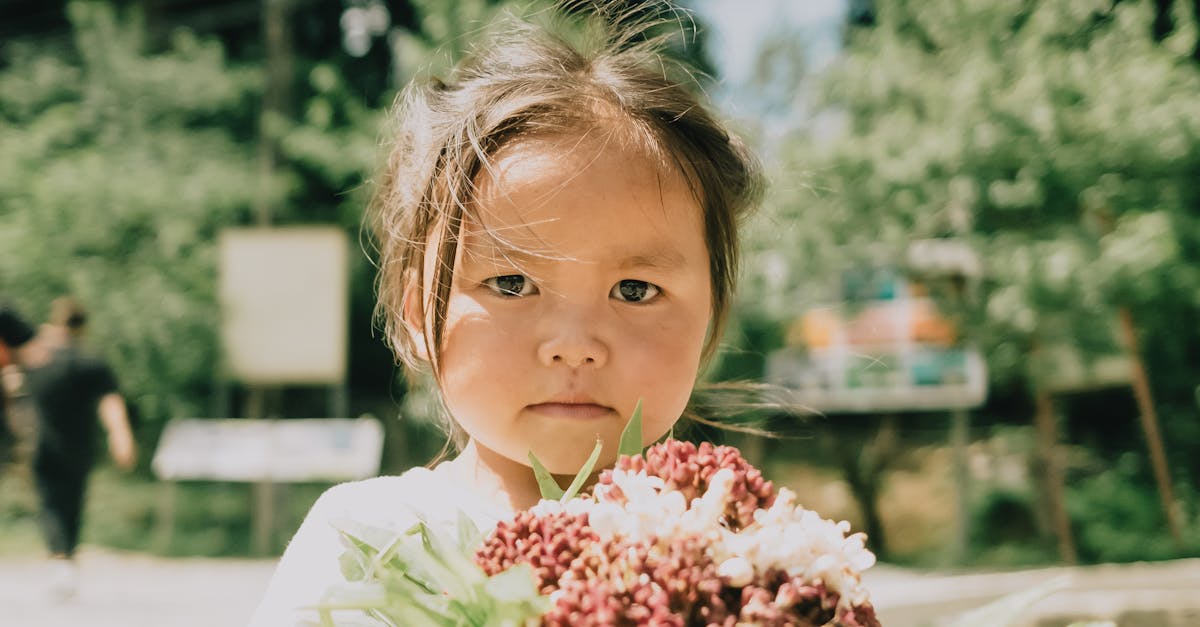
Strategies for Enhancing Hand-eye Coordination in Early ChildhoodTheory of Mind Interventions in Child Psychology
Cultural Influences on Social Cognition in Childhood Social Cognitive Development in Atypical PopulationsTable Of ContentsInfluence of Social Relationships on Cognitive Development
making these activities a part of their regular schedule, children can improve their motor skills, balance, and spatial awareness while enjoying themselves.
Technology and Handeye Coordination
Technology has become an integral part of children's lives, offering various tools and resources to enhance their hand-eye coordination skills. Video games, interactive apps, and educational software provide engaging platforms for kids to practice and improve their coordination abilities. These digital tools require precision and quick reactions, which can help children develop dexterity and fine motor skills while having fun.
Parents can leverage technology effectively by selecting age-appropriate apps and games that specifically target hand-eye coordination. Educational apps that involve tracing shapes, solving puzzles, or catching moving objects can be beneficial for honing these skills. Encouraging children to play interactive games that require hand-eye coordination can be a fun way to supplement traditional activities and enhance their overall development.
Educational Apps for Improving Coordination
Educational apps are gaining popularity as tools to enhance hand-eye coordination in young children. These apps offer interactive games and tasks that require the child to use their visual perception and motor skills simultaneously. By engaging with these apps, children can improve their coordination skills in a fun and engaging way.Terms of Use
Many educational apps focus on activities such as tracing shapes, matching colours, and solving puzzles, all of which require precise hand movements and visual tracking. These games not only help children develop their hand-eye coordination but also support their cognitive development and problem-solving skills. Parents and educators can explore a variety of educational apps to find the ones that best suit the child's interests and abilities, providing a valuable resource for enhancing hand-eye coordination in early childhood.
FAQS
How important is hand-eye coordination in early childhood development?
Hand-eye coordination is crucial in early childhood development as it helps children in various activities such as writing, drawing, playing sports, and even in daily tasks like tying shoelaces.Privacy Policy
What are some simple strategies for enhancing hand-eye coordination at home?
Some simple strategies for enhancing hand-eye coordination at home include playing catch, drawing and coloring, threading beads, and playing with building blocks.
How can hand-eye activities be incorporated into a child's daily routine?
Hand-eye activities can be incorporated into a child's daily routine by encouraging them to help with tasks like pouring water, cutting with safety scissors, sorting objects by color or size, and playing interactive games that require hand-eye coordination.
How can music and dance help in the development of motor skills and hand-eye coordination?
Music and dance can help in the development of motor skills and hand-eye coordination by engaging children in rhythmic movements that require coordination between their hands, eyes, and body.
What are some examples of rhythm and movement games that can improve hand-eye coordination in kids?
Examples of rhythm and movement games that can improve hand-eye coordination in kids include Simon Says, Dance Charades, Musical Chairs, and Freeze Dance.
Assessment and Evaluation of Hand-eye Coordination in Children
Hand-eye Coordination Milestones in Child Development
Integrating Hand-eye Coordination Activities into Early Education Programs
Parental Involvement in Nurturing Hand-eye Coordination Skills in Children
Supporting Hand-eye Coordination in Children with Developmental Challenges
Fine-tuning Hand-eye Coordination Through Play and Exploration
Understanding the Role of Hand-eye Coordination in Motor Skills Development